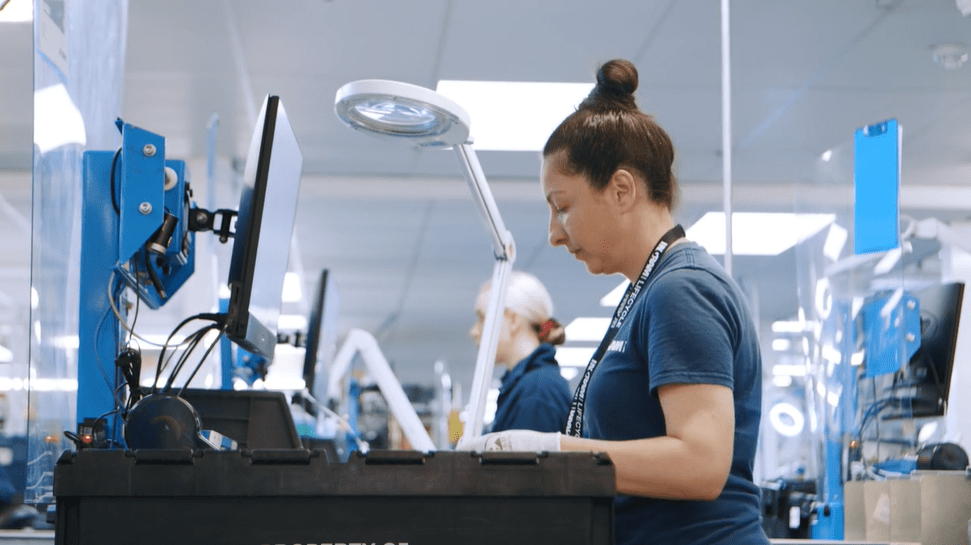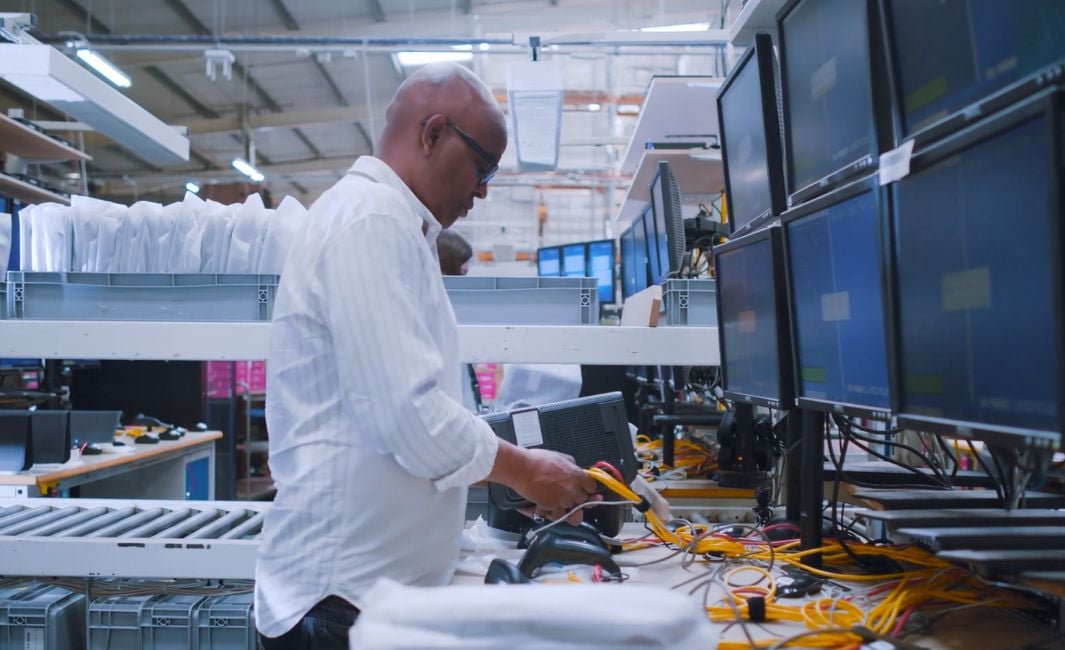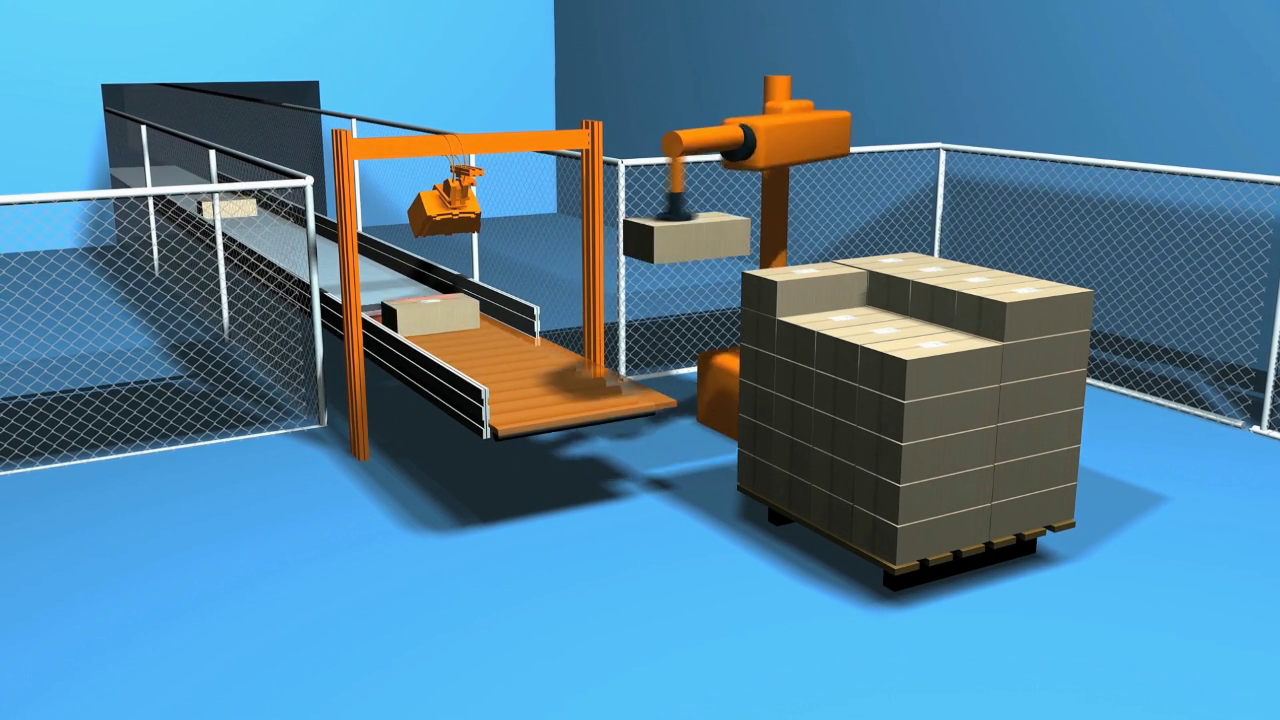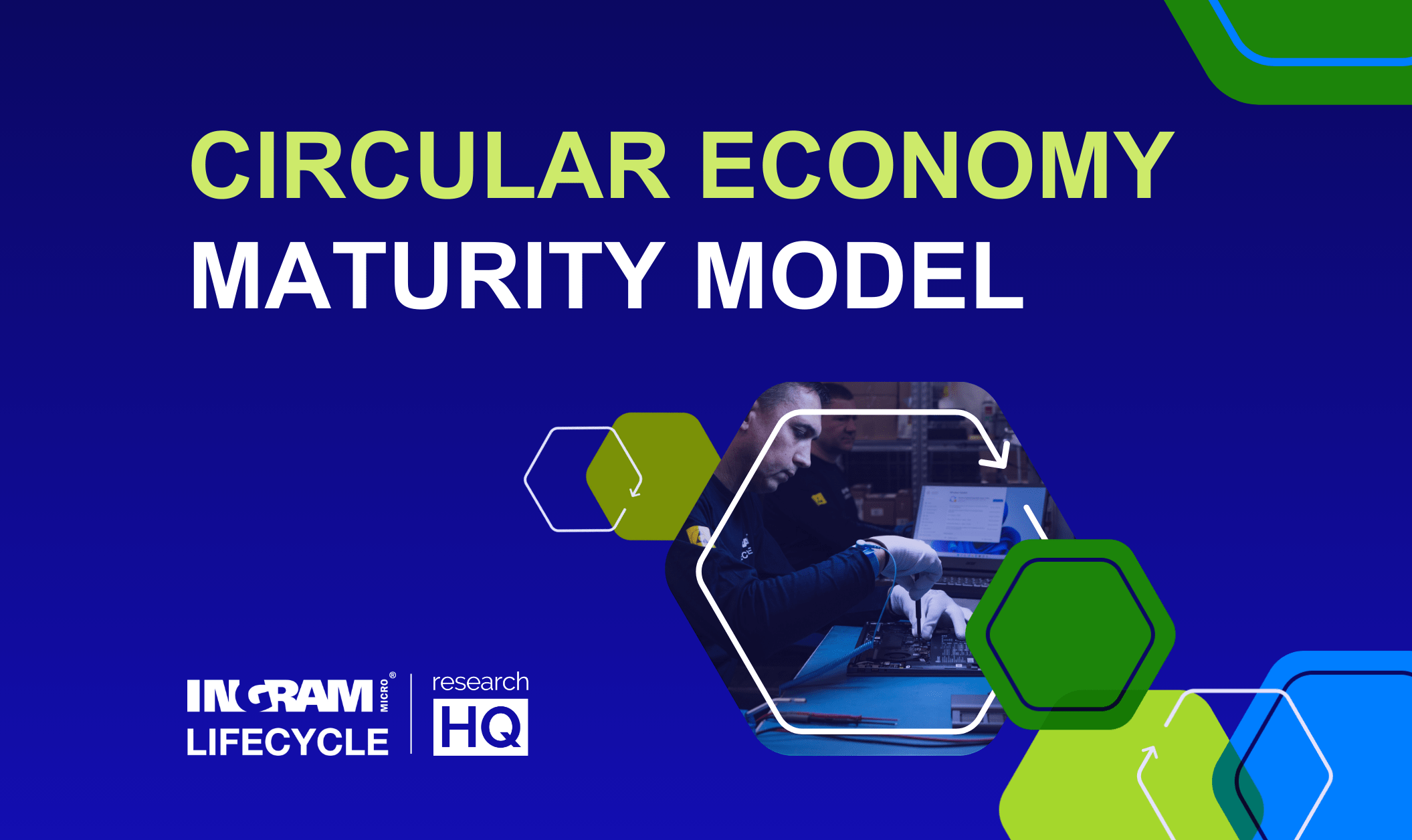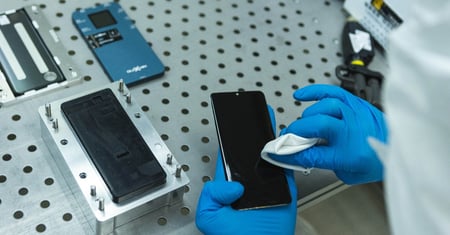Is your organization at the forefront of sustainability, or are there untapped growth opportunities? With the complexities of modern business practices, it's crucial to understand where you stand in your circular economy journey.
Our Circular Economy Maturity Model (CEMM) Self-Assessment Tool, developed with Research HQ, is designed to help you evaluate your organization's sustainability maturity, providing valuable insights and actionable recommendations. Discover the path to a more sustainable and competitive future today.
Understanding the Connection: Sustainability and the Circular Economy
Sustainability and the circular economy are like two sides of the same coin, each playing a vital role in reducing environmental impact and ensuring long-term resource availability. Here’s how they relate and why companies are increasingly adopting these practices:
1. Environmental Concerns
- Resource Efficiency: Sustainability focuses on preserving natural resources by minimizing waste and pollution. The circular economy advances this by promoting recycling and reuse, reducing the need for new materials.
- Carbon Emission Reduction: Both sustainability and the circular economy aim to mitigate climate change. While sustainability seeks to lower greenhouse gas emissions, the circular economy supports this through energy-efficient production and extended product life cycles.
2. Regulatory Pressures
- As governments enforce stricter environmental regulations, businesses are compelled to adopt sustainable practices. The circular economy offers a framework to comply with these regulations by closing the loop and ensuring products are reused or recycled instead of discarded.
3. Market Competitiveness
- Companies increasingly recognize that sustainability is not just a moral imperative but a competitive advantage. Circular economy practices can differentiate brands, attract eco-conscious consumers, and open up new revenue streams through innovative business models.
4. Shift from Linear to Circular Models
- The transition from a "take, make, dispose" linear economy to a circular one is fundamental to achieving sustainability goals. This shift addresses the environmental and social drawbacks of linear models by ensuring products and materials are kept in use for as long as possible, fostering innovation and economic resilience.
Evaluating Your Circular Economy Maturity
At Ingram Micro Lifecycle, we understand the importance of a holistic approach to sustainability. Our Circular Economy Maturity Model (CEMM) Self-Assessment Tool helps high-tech consumer manufacturers and retailers identify their standing in the circular economy journey. This tool offers more than a simple diagnosis—it provides insights that guide your path to sustainable transformation.
Why Assess Your Maturity?
Different roles within an organization have varied motivations, yet the overarching goal remains the same: to enhance sustainability practices. Here’s how our tool supports different roles:
- Reverse Logistics/Returns Management: Focus on maximizing value recovery and reducing waste while enhancing customer satisfaction and achieving high-resolution rates.
- Sustainability/ESG: Prioritise transforming linear approaches into circular models, reducing carbon footprints, and ensuring compliance with environmental guidelines.
- Supply Chain Management: Optimise product planning and fulfillment, aligning recommerce and reuse with sustainability and operational efficiency.
- C-Level Executives: Align strategic goals with sustainability, making informed decisions that enhance commercial value and future-proof the business.
By understanding these triggers and motivations, organizations can tailor their circular economy strategies to meet both internal objectives and external demands. Embracing the circular economy is not merely a box-ticking exercise; it is a comprehensive approach that drives long-term success and resilience in an ever-evolving market landscape.
How Does the Self-Assessment Tool Work?
Navigating the journey towards a circular economy can seem daunting, but our self-assessment tool is designed to make it both straightforward and insightful. Here's how it works:
The Assessment Process: Simple Yet Insightful
Our tool guides you through a series of targeted questions tailored to different roles within your organization. With a focus on simplicity, the process requires minimal time investment while delivering profound insights into your sustainability maturity. Once completed, you receive a personalized report outlining your current maturity level and providing actionable insights tailored to your specific needs.
Personalized Questions for Different Roles
Recognizing that different roles have unique perspectives and responsibilities, the self-assessment tool offers customized questions for decision-makers and implementers in key areas:
- Supply Chain: Understand how circular principles are integrated into supply chain strategies, with insights specifically designed for supply chain directors and operations specialists.
- Logistics (Including Reverse Logistics): Explore the effectiveness of reverse logistics systems and their integration into product lifecycles, with questions tailored for logistics managers and coordinators.
- ESG/Sustainability: Assess how well sustainability principles are embedded in your strategy and operations, with targeted questions for heads of sustainability and ESG analysts.
The Five Pillars of Evaluation
%20Self-Assessment%20Tool%20-%20visual%20selection.png?width=1372&height=672&name=Circular%20Economy%20Maturity%20Model%20(CEMM)%20Self-Assessment%20Tool%20-%20visual%20selection.png)
1. Strategy
Explore how circular economy principles are integrated into your organizational strategy. For decision-makers, this pillar focuses on aligning strategic goals with sustainability, while implementers will find insights into operational alignment.
2. Resource Efficiency
Assess your use of resources and identify opportunities for improvement. Operations and supply chain leaders can gain insights into optimizing resource use and reducing waste.
3. Product Lifecycle Management
Understand how well your organization manages the lifecycle of its products.
This is crucial for product development and logistics roles, offering strategies for enhancing product durability and reuse.
4. Stakeholder Collaboration
Evaluate the extent and effectiveness of your collaboration with stakeholders, including suppliers and partners. This pillar is especially relevant for those in supply chain and ESG roles, highlighting opportunities for joint sustainability initiatives.
5. Measurement & Reporting
Examine your current practices in tracking and reporting sustainability metrics. For sustainability officers and executives, this provides a framework for improving transparency and accountability in environmental reporting.
By addressing these pillars and tailoring questions to specific roles, the self-assessment tool offers a comprehensive view of your organization's circular economy maturity. It empowers you to identify strengths and areas for growth, ultimately guiding your path towards a more sustainable future.
Actionable Insights and Continuous Improvement
Completing the self-assessment is just the beginning of your journey towards sustainability excellence. The insights gained from this process pave the way for strategic improvements, fostering innovation and enhancing competitiveness. Understanding your maturity level is crucial, whether you're just embarking on your circular economy journey or seeking to optimize existing initiatives.
Post-Assessment Benefits
Upon completing the assessment, you'll receive a comprehensive and personalized report. This report details your organization's maturity levels across each of the five pillars, providing a clear snapshot of where you stand. The maturity levels are categorized as Provisional, Reactive, Structured, Integrated, and Optimised, each representing a stage in your journey toward full circular economy integration.
But it doesn't stop there. The report also offers tailored recommendations designed to help you advance to the next level of maturity. These recommendations are crafted to align with your specific role and industry, ensuring they are both relevant and actionable.

The insights and guidance provided can lead to transformative changes within your organization. By focusing on strategic improvements, you can drive innovation, streamline processes, and ultimately increase your competitive edge in the market. The path to a more sustainable future is not only about recognizing where you are today but also about envisioning where you can be tomorrow and taking concrete steps to get there.
Harnessing these insights allows your organization to proactively address challenges, seize opportunities, and continuously improve its operations. With the CEMM Self-Assessment Tool, you are equipped to make informed decisions that align with your sustainability goals and drive long-term success.
Chart Your Path to Sustainability Excellence
In the ever-evolving landscape of business and environmental challenges, understanding and enhancing your organization’s sustainability maturity is more crucial than ever. By embracing the circular economy, you position your company not just as a participant, but as a leader in sustainable innovation.
Our CEMM Self-Assessment Tool is designed to support you every step of the way. It provides the insights and guidance needed to navigate the complexities of circular practices, making your journey towards sustainability both strategic and impactful.
We invite you to take the self-assessment today and unlock the full potential of your organization. This tool is more than just a diagnostic—it’s a catalyst for transformation, offering a pathway to enhanced competitiveness and resilience in the circular economy movement.
Closing Thought
Remember, the journey towards sustainability is continuous. Regular evaluation and adaptation are key to staying ahead in a world that demands both environmental responsibility and economic viability. By committing to this path, you ensure not only the success of your organization today but also its legacy for the future. Are you ready to lead the charge? Begin your assessment now and discover the sustainable future that awaits.


